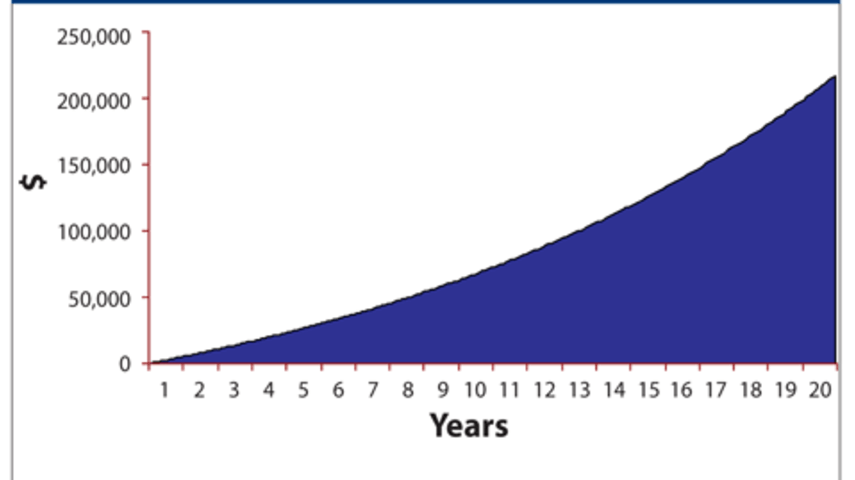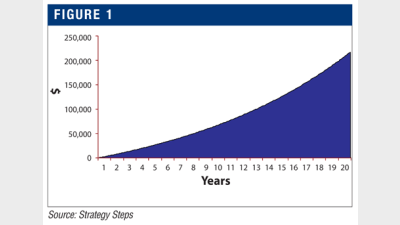Trauma insurance and the sole purpose test



The question of whether the purchase of trauma insurance within superannuation is a breach of the sole purpose test has been resolved. Jennifer Brookhouse examines the implications of the ATO's recent ruling.
Whether trauma insurance can be purchased inside superannuation has been a grey area due to the sole purpose test.
The Australian Taxation Office (ATO) recently provided clarification on the issues around breaching the sole purpose test in Self-Managed Superannuation Funds Determination SMSFD 2010/1 (previously issued as a draft determination SMSFD 2009/D1).
The ATO’s view
The ATO stated that a self-managed superannuation fund (SMSF) could purchase a trauma policy without automatically breaching the sole purpose test. However, the full circumstances need to be considered.
The ATO view is that the purchase of a trauma policy may not breach the sole purpose test if:
- the insurance proceeds will be paid to the SMSF trustee;
- the insurance proceeds will be retained in the SMSF until the relevant member satisfies a condition of release; and
- the policy has not been purchased to provide either a benefit to another person or a current benefit to the member outside superannuation (such as premium discounts).
While this determination provides guidance and may open the door to allow the purchase of trauma policies inside a SMSF, the full circumstances of the purchase and the SMSF must be considered as individual circumstances may still create a breach of the sole purpose test.
For example, if a large portion of contributions made in a year are used to pay for trauma policy premiums this may breach the sole purpose test.
The determination provides simple examples showing whether the sole purpose test would be breached.
Example 1
The trustee of a SMSF purchases trauma policies on behalf of each member. The policies are held in the members’ names. In this case, a benefit is provided to the members today and the sole purpose test is breached.
Example 2
The trustee of a SMSF purchases a trauma policy for the sole member of the fund using only a small portion of annual contributions. The trustee is the policy owner and would receive the insurance proceeds if a claim was made. The sole purpose test is not breached.
Assessing the cost
When assessing the merits of a strategy it is important to consider the cost to the client as illustrated in the following case study.
Case study
Alison has a history of breast cancer in her family and understands the protection that trauma insurance can offer to her. She has seen the impact that cancer can have on families and if she becomes ill she would like to have cash available to pay for treatment and to allow her to take time off work to recover and enjoy being with her family.
Due to her family history and some personal circumstances she feels the premium is quite high ($5,000 per annum) and is not sure that she can meet this expense from her disposable income.
Alison has a SMSF and she discusses the option of holding trauma insurance inside her SMSF so that she can use accumulated savings and/or her employer superannuation guarantee contributions to fund the premium.
The trustee cannot claim a tax deduction for the premiums, so there is no offset against the 15 per cent tax on concessional contributions.
If her employer contributes at least $5,882.35 per annum, this will cover her $5,000 premium (after deducting 15 per cent tax) without using any money already accumulated.
By using the employer contributions to pay the premiums her cash flow is not impacted but her opportunity to accumulate retirement savings will be reduced. This could amount to a significant opportunity cost over time.
For example, the $5,000 (after tax) invested in superannuation each year at 7 per cent per annum net return could grow to $217,000 over a 20-year period, as shown in the graph below.
As an alternative, Alison could work through a budget to create extra disposable income and salary sacrifice at least $5,882.35 per annum to cover the premium.
Note: it is important for Alison to consider the implications for the sole purpose test. If the payment of premiums uses a significant portion of her total contributions she may breach the sole purpose test.
Is trauma appropriate inside superannuation?
The ATO Determination clarified issues around the ability to hold trauma cover inside superannuation but it has not changed the issues around preservation and access to claim proceeds.
In many cases, the trauma event will not trigger a condition of release and the money will be preserved in the fund and not available for the purpose of insurance.
Case study
Three years after starting the policy (at age 46) Alison is diagnosed with cancer. The trustee submits a successful claim against the trauma policy. The proceeds are paid into her superannuation account.
Alison applies to have the funds released to pay for medical treatment. She is distressed to find that she does not meet a condition of release as she is not permanently incapacitated and the money cannot be released.
If Alison was over her preservation age she may be able to avoid this problem by declaring permanent retirement. Some lump sum tax may be payable on any amount withdrawn under age 60.
If her trust deed (and circumstances) allow, Alison could consider paying a non-commutable income stream due to temporary incapacity (ie, salary continuance payments) from her SMSF. The income stream would be fully taxable at her marginal rate even though there was no tax deduction for the premiums.
Given Alison’s age and her reason for trauma insurance, it may not have been appropriate to hold the cover inside superannuation. If the cover was held outside superannuation and she is on the 37 per cent (plus Medicare) tax bracket, the cost of cover is:
Holding the cover outside superannuation uses an extra $2,247.73 of her gross income compared to a salary sacrifice strategy (an after-tax reduction in disposable income of $1,382.35).
The pitfalls of trauma insurance inside superannuation should be clearly disclosed and discussed with Alison to determine whether the cash flow benefits are worthwhile.
Financial advice considerations
Despite the opportunity to purchase trauma inside a SMSF, advisers should always consider whether this is an appropriate strategy. The premiums for a trauma policy are not deductible to the SMSF trustee and there is no suggested change to this rule.
In addition, when recommending a strategy to hold trauma inside a SMSF, advisers should ensure:
- the concessional contribution cap is not exceeded if making salary sacrifice contributions;
- the preservation and other risks of the strategy are clearly disclosed in the Statement of Advice (SOA) to prevent future complaints and to ensure the client’s needs are appropriately met.
Conclusion
The opportunity to hold trauma insurance inside a SMSF may be opened up but the preservation issues still act as a strong impediment for many clients.
Before recommending this as a strategy advisers need to look beyond just funding the premiums.
Advisers should always consider the purpose of trauma insurance and the ability to access claim proceeds at the time of the illness/injury to determine if it is an appropriate strategy for the client.
Jennifer Brookhouse is a director of Strategy Steps.
Recommended for you
When entering paid employment, it’s not long before we are told that we’ll need to lodge a tax return but there are times when a person will be excepted.
Anna Mirzoyan examines how grandfathering affects income support payments and how factors such as paying for aged care can impact them.
There are specific requirements that only apply to trustees of self-managed superannuation funds, writes Tim Howard, including the allocation in their investment strategy.
Investments bonds offer a number of flexible, tax-advantaged benefits, writes Emma Sakellaris, but these are often overlooked as old fashioned when it comes to portfolio allocations.











